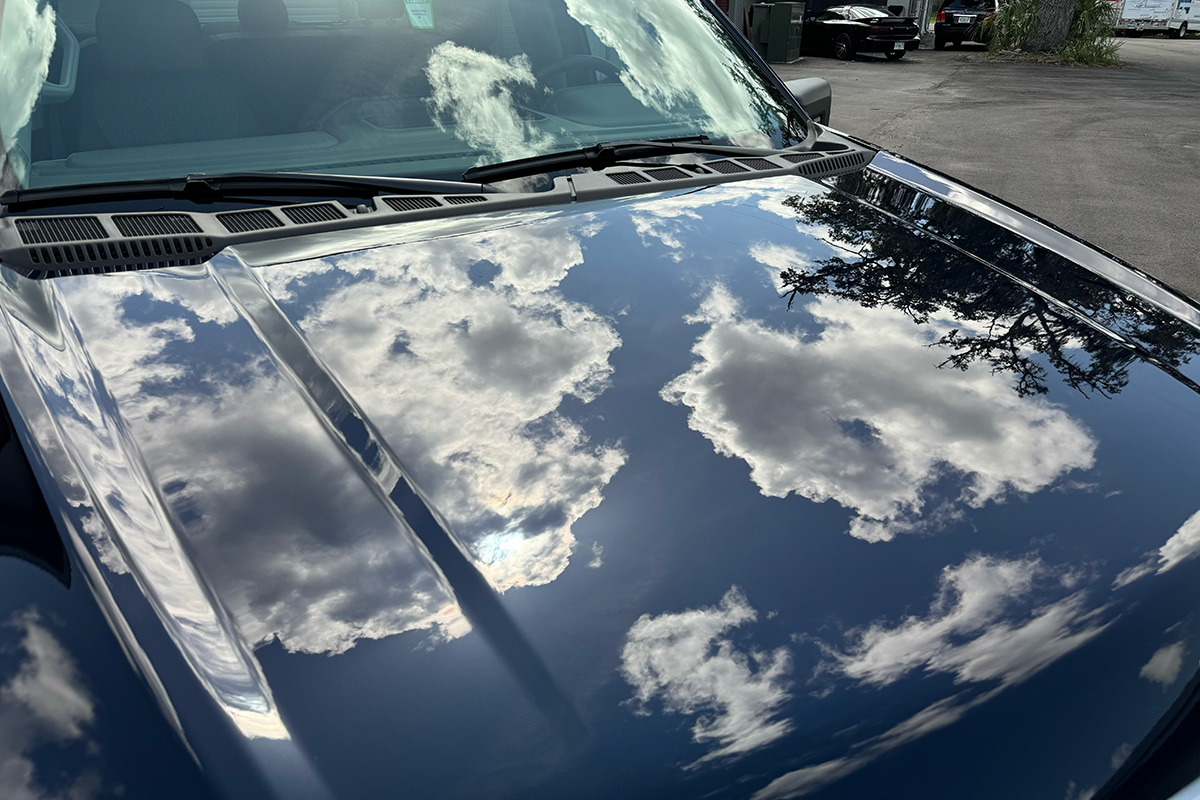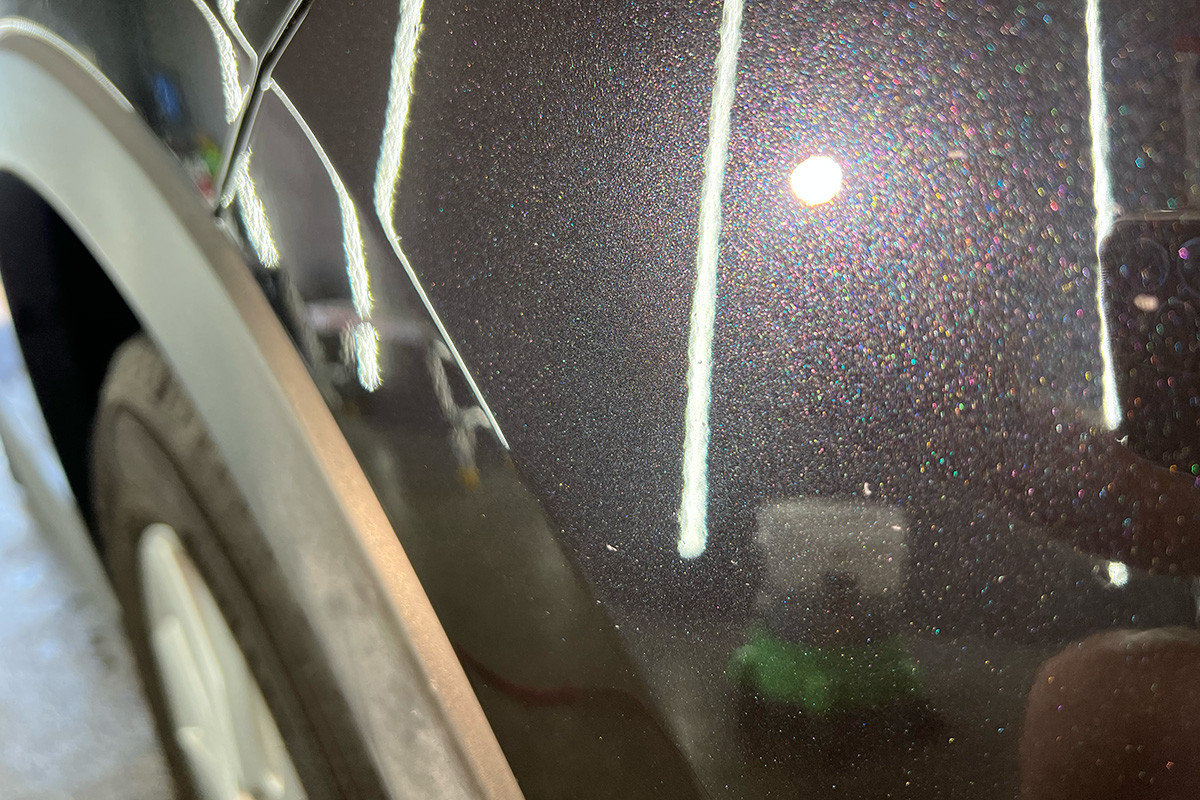If you’ve ever waxed your car, you already know the feeling: that deep, rich shine, water beading into perfect little pearls, and the satisfying slickness under your fingers. Car wax has been a trusted go-to for decades because it works. But lately, you’ve probably heard more and more about ceramic coatings — and maybe you’ve asked yourself:
“Is ceramic coating just a better wax? Is it worth it? What’s the difference?”
Let’s break it down in a way that makes sense, especially if you’re already familiar with what wax does for your car.
How Ceramic Coatings and Waxes Are Similar
Both wax and ceramic coatings are designed to protect your vehicle’s paint and enhance its appearance. Here’s what they both do:
- Water Beading (Hydrophobics):
Wax creates a slick, hydrophobic surface — which means water beads up and rolls off instead of soaking in. Ceramic coatings do the same, but is even stronger, creating extreme beading that lasts longer. - Gloss and Shine:
A good coat of wax gives your paint a deep shine. Ceramic coatings also enhance gloss, but they can make the paint look even sharper — like a candy-shell or wet-glass effect. Some even say their car looks like it’s in High Definition! - Ease of Cleaning:
Because both create a barrier between your paint and the environment, contaminants like dirt, bugs, and bird droppings don’t stick as easily. Washing your car becomes easier and faster. - Surface Slickness:
You know that “buttery” smooth feel after you wax your car? Ceramic coatings provide that same slick feeling — sometimes even more noticeably — thanks to a change in the paint’s surface tension.
Where the Big Differences Come In
Even though they achieve simliar results, ceramic coatings and waxes are made from totally different materials — and that’s where the real difference lies.
1. Longevity and Durability
- Wax:
Traditional carnauba waxes (and even synthetic waxes) sit on top of your paint. They do a great job for a while, but they’re vulnerable to heat, rain, washing, and everyday wear. In fact, wax has a melting point — under hot sun, especially here in places like Florida or Arizona, it can literally soften and break down. That’s why a wax typically lasts anywhere from a few weeks to a few months before needing reapplication. - Ceramic Coating:
A true ceramic coating is made from advanced liquid polymers that, once applied, harden into a thin layer of glass over your paint. It’s chemically bonded — not just sitting on top — and is resistant to heat, UV rays, chemicals, and abrasion. A properly maintained ceramic coating can last years, not weeks, offering continuous protection without constant reapplication.
2. Protection Level
- Wax:
Great for repelling water and minor contaminants but doesn’t offer much defense against stronger environmental threats like bird droppings, tree sap, or acid rain for long periods. - Ceramic Coating:
It acts like a second skin (or kind of like a second clear coat), shielding your paint from UV damage, chemical staining, oxidation, and even some light scratches (though it won’t make your car “scratch-proof”). It’s a much stronger, more permanent type of protection.
The Bottom Line: Is Ceramic Coating Worth It?
If you love the look and water-beading of wax but hate reapplying it every few months, a ceramic coating could be a game-changer for you.
Think of it this way:
- Wax is like sunscreen — you need to reapply it regularly to stay protected.
- Ceramic coating is like a clear shield — once it’s installed, it stays there doing the job for years.
You’ll still need to wash and care for your car, but it’ll be easier, and your car will stay glossier and cleaner longer than ever before.
Final Thought:
Wax will always have its place, especially for those who enjoy the hands-on ritual of car care. But if you’re looking for long-term, high-performance protection that saves time and keeps your car looking its best with less effort — ceramic coating is the next level.


